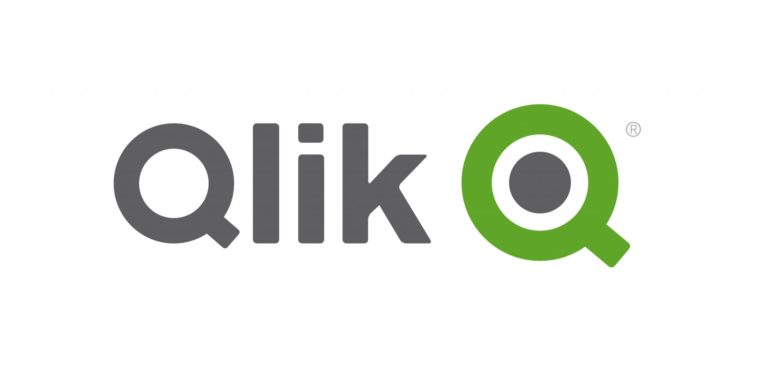Qlik and DataRobot have started a collaboration to add automated machine learning models directly to the Qlik platforms. The companies thus create the possibility to base their decision making on predictive data within analysis workflows.
This integration gives users the option to perform the entire range of data analyses – historical, current and predictive – directly from Qlik. In addition, the partnership builds on Qlik’s ongoing offering of augmented intelligence and machine learning enhancements, enabling business users to gain deeper insights into all their data.
Qlik already delivers machine learning capabilities through its cognitive engine and platform with Insight Advisor, which generates and suggests the best analytics and insights to view, based on the user’s overall dataset and search criteria. Through Qlik’s open platform, extension technology and open source Qlik DataRobot connector, DataRobot enables Qlik users to develop and democratize machine learning models.
“Machine learning is essential in helping users explore the large amounts of data needed to provide unique insights that deliver outcomes,” said Drew Clarke, SVP of Office of Strategy Management at Qlik. “Integration with DataRobot enhances Qlik’s existing AI and machine learning capabilities by bringing predictive modeling to every business user.
Other possibilities
With the open source extension and connector it is also possible to prepare data and send it directly from Qlik Sense to DataRobot using key fields. Data from different tables can also be combined within the associative data model and processed directly in DataRobot.
DataRobot projects can in turn be managed in Qlik by sending models directly to the Qlik application. And thanks to seamless integration, predictive modelling and remodelling can be done in one interface, so that the user always has the best possible model for the analysis.
This news article was automatically translated from Dutch to give Techzine.eu a head start. All news articles after September 1, 2019 are written in native English and NOT translated. All our background stories are written in native English as well. For more information read our launch article.


















